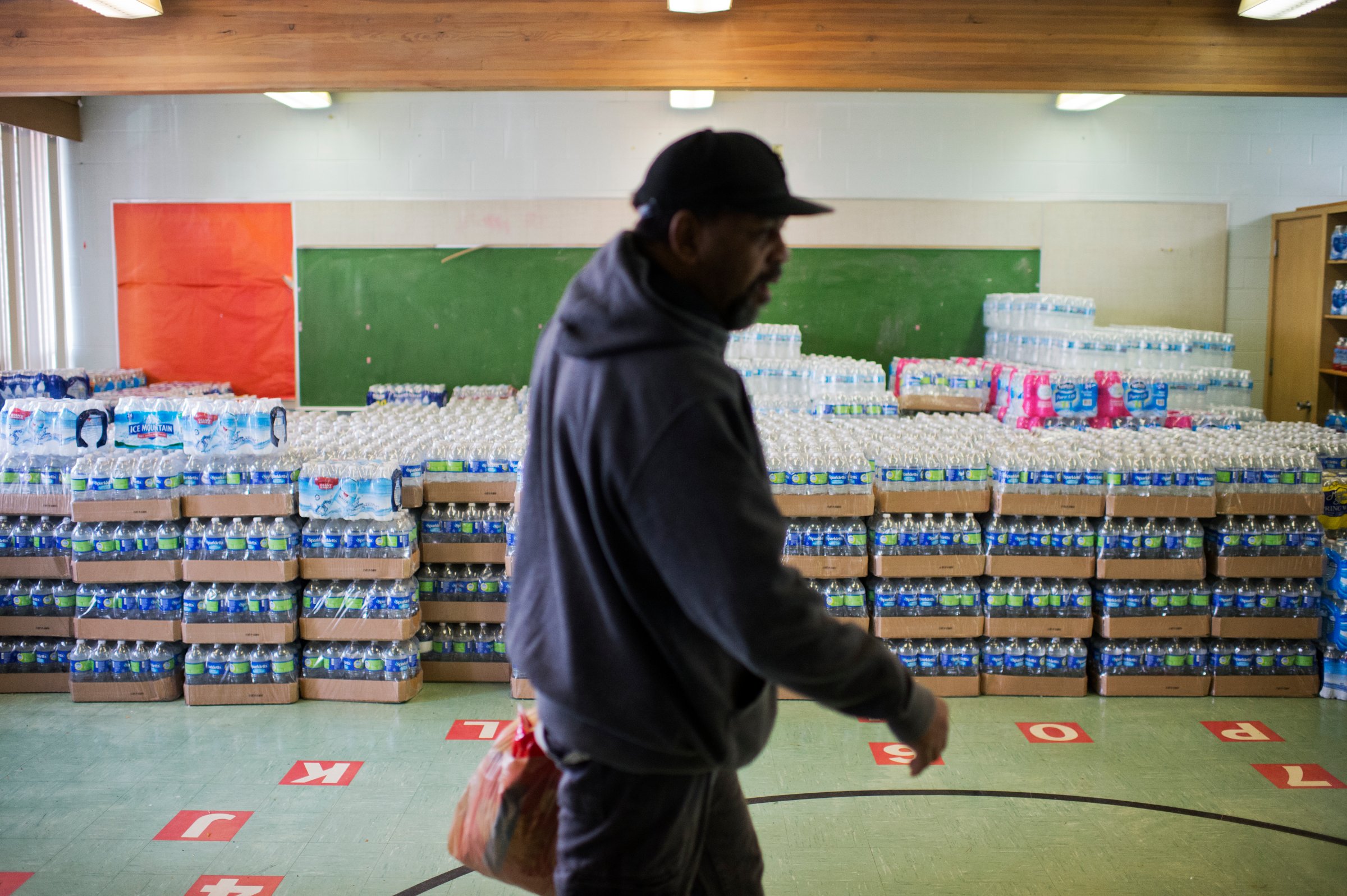
Joan B. Rose holds an endowed chair in water research at Michigan State University and is the 2016 winner of the Stockholm Water Prize.
The old saying is that “Water is Life.” But water quality is health. We must address formidable water issues to protect the public health of U.S. citizens and the bio-health of our planet in the future.
For too long we have taken water for granted. Most Americans don’t know whether their water comes from a lake, groundwater, a reservoir or a river. We seldom realize that a water crisis may be coming soon to a community near us until it does. The intolerable situation in Flint, Mich., that spread neurotoxins throughout an entire city is the most recent prominent illustration but far from the only one.
Waterborne disease outbreaks are much more common than most people realize. From 2000 to 2009 in the U.S. there were more than 22,000 cases of Legionella, a respiratory waterborne disease. Hundreds of beaches in this country are closed for some days or weeks each year due to polluted water.
These things happen because our water resources are stressed. Our water infrastructure is fraying. Pipes are old and treatment facilities often outdated. We must make heavy investments in and commitments to increased water testing and state-of-the art infrastructure. We worry about roads because we can see the rot, the decay, the risk. We can’t see our pipes, however, and we may think that our water is fine unless it comes out of the tap brown or orange. But that’s not always the case.
We are learning constantly about new and emerging pathogens that cause disease. Microbes evolve all the time to overcome the defense mechanisms in our water treatment systems. We must be vigilant and rigorous testers of water.
There is compelling scientific evidence that climate is a driver of waterborne disease. More than 50% of community waterborne illness events in the U.S. are associated with extreme rain. Many developing nations suffer terribly from illnesses caused by lack of sewage treatment facilities which are exasperated by climate. In addition, a direct link exists between water pollution, certain food-borne disease outbreaks and warmer oceans. Temperature, precipitation, humidity and flooding are all factors in contamination of water and food systems by pathogens.
Access to clean water is a central stabilizing force, while lack of access destabilizes societies. It’s hard to progress when you are fighting cholera as they have been in Haiti, or when there is an epidemic of child malnutrition as in India due to exposure to untreated water contaminated with fecal waste.
There is hope, however. Things can improve here and abroad. The key is education, specifically development of a global water curriculum to prepare the next generation of problem solvers. The need is enormous.
We have some good tools to begin. We have new technology to look into water and see what we have never seen before. We have accumulated “big data” on water systems and pathogens that enable us to make connections and understand concepts of disease and its prevention more clearly.
Ultimately, however, what will make the difference is connecting people to each other. Scientists, engineers, water managers, researchers, teachers, students, political decision-makers and leaders of nonprofits need to understand clearly the problems and how to solve them.
That’s why we have started the Global Water Pathogen Project. Dr. Bianca Jimenez, director of the Division of Water Sciences for UNESCO, and I conceived of the project in 2014. This organization, led by Michigan State University and UNESCO, will update knowledge on water pathogens by disseminating a new reference resource on water-related disease risks and intervention measures. This is critically needed by all who research, work with or plan for water. We have more than 110 experts from 41 nations involved in this grand effort to compile updated information on pathogens in sewage and water and the tools available to destroy them.
The accumulated knowledge will be freely available as an online reference that will be updated regularly by experts. The information also will be published in hard copy by UNESCO in English, French and Spanish.
One key objective of the project is to promote collaboration among academics, industries and governments. To that end we have gained support from the Gates Foundation and the Midland Research Institute for Value Chain Creation. P&G and the American Chemistry Council each have generously provided resources for support of the project. And through UNESCO we are able to reach a number of governments to sensitize and mobilize them to address water quality issues.
Just imagine our nation and our world without water pollution. It is only by working together that we can make this happen for future generations.
More Must-Reads From TIME
- The 100 Most Influential People of 2024
- The Revolution of Yulia Navalnaya
- 6 Compliments That Land Every Time
- What's the Deal With the Bitcoin Halving?
- If You're Dating Right Now , You're Brave: Column
- The AI That Could Heal a Divided Internet
- Fallout Is a Brilliant Model for the Future of Video Game Adaptations
- Want Weekly Recs on What to Watch, Read, and More? Sign Up for Worth Your Time
Contact us at letters@time.com